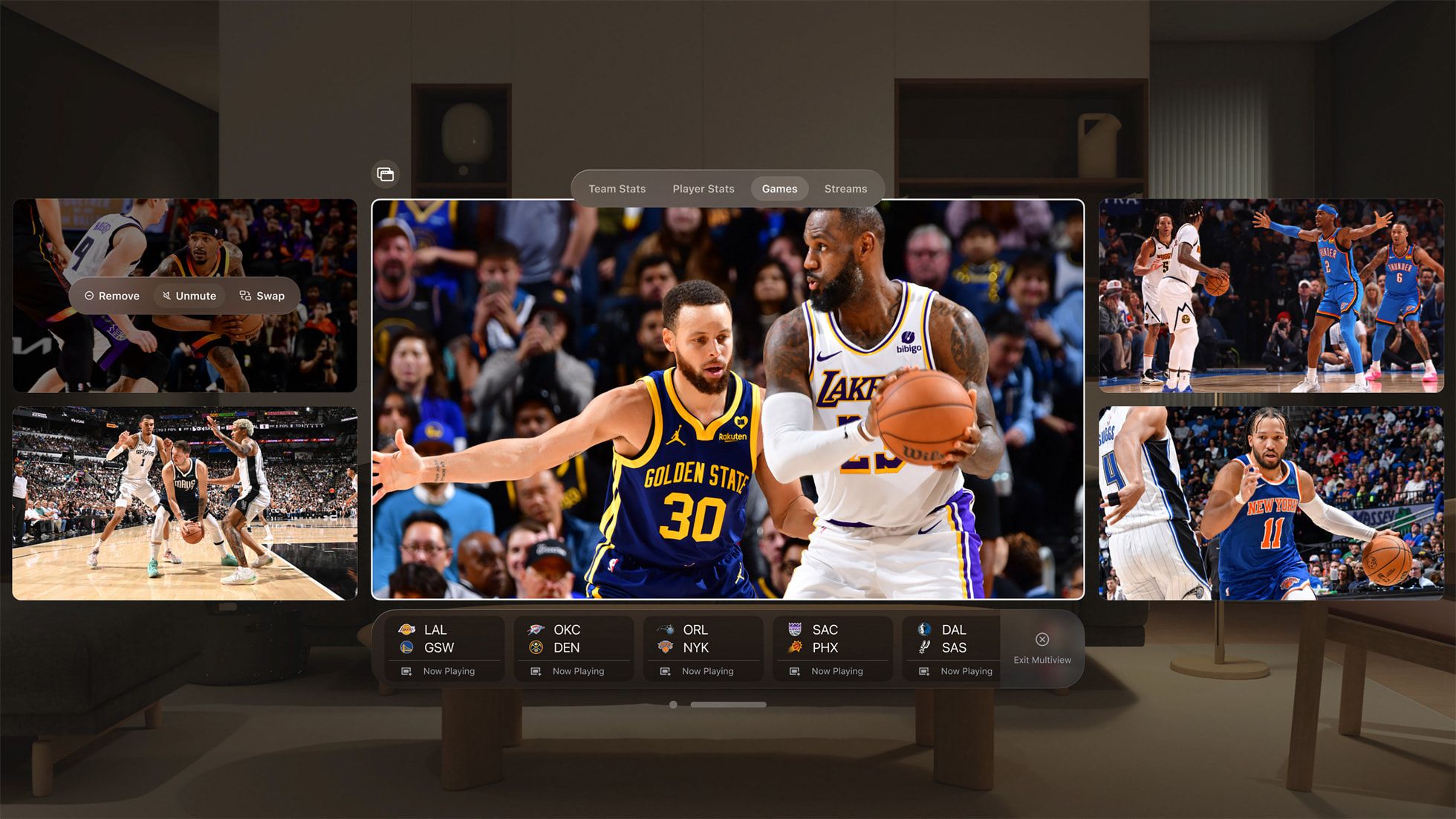Netflix has developed a platform called Title Launch Observability, which shifts observability from system health to product intent. Instead of relying solely on logs and metrics, the system validates launches against what users should see, catching content quality issues early.
Title Launch Observability confirms that every new title is live, visible, and correctly personalized for viewers across devices and regions. Netflix detailed this intent-driven approach in a recent three-part blog series illustrating how the platform scales with the growing volume of title launches.
The platform helps detect issues such as missing artwork, incorrect recommendations, or localization gaps before they reach viewers. Ensuring that a title is available across devices, regions, and personalized contexts may sound straightforward, but Netflix engineers describe it as a surprisingly ambiguous and complex problem space:
Title availability is nuanced. It is easy to assume that when a title is ingested into the catalog service, it is ‘available’. However, availability is defined by various other systems that surface a title in different parts of the UI, based on different factors like incomplete or inaccurate input signals, feature anomalies, or interactions between titles.
As the company scaled to thousands of launches each month, manual scripts and spot checks, once sufficient, became unreliable. Silent failures, such as missing subtitles, delayed metadata, incorrect regional placements, or absent artwork, can go undetected unless reported by users. At the core of the system is a supporting framework called Title Health. It aggregates signals from multiple systems, including metadata propagation pipelines, personalization models, UI rendering logic, and real-time impression data streamed from client devices.
A dedicated microservice runs scheduled collector jobs, each tied to specific Netflix content rows, such as “Coming Soon” or “Trending Now”, that query catalog services and partner systems to validate launch correctness. Real-time title impressions, ingested via Kafka, provide additional insight into how recommendation models treat each title.
The collected signals are stored using Hollow, a high-performance in-memory data store that allows Netflix to quickly access large volumes of title metadata. By maintaining versioned datasets, it also supports historical comparisons, enabling teams to detect regressions or inconsistencies across title launches. These are surfaced through internal dashboards and APIs, as well as alerting tools, allowing stakeholders to assess title health across surfaces and regions in near real-time.
High-level architecture of title observability (Source: Netflix Technology Blog)
One notable feature is the platform’s “time travel” capability. By appending a future timestamp to observability endpoint requests, engineers can simulate how a title will appear in the user interface at future states. This enables teams to detect lifecycle issues, such as delayed badge rendering or incomplete localization, even before a title goes live. Early detection is crucial during the initial launch window, when engagement and algorithmic promotion are at their highest.

High-level architecture of title observability (Source: Netflix Technology Blog)
To ensure consistency across Netflix’s ecosystem, the Title Health microservice runs scheduled collector jobs every 30 minutes that perform observability checks across device categories, including mobile apps, smart TVs, and web platforms. The solution helps identify cases where a title may appear correctly on one device but is missing or incorrectly configured on another.
Netflix notes that the system is designed to enhance title discoverability and support consistent user experiences, while also strengthening trust with content creators and partners. The company frames this work as part of a broader effort to improve operational reliability and ensure that every title reaches its intended audience. According to Netflix, it also provides operational and engineering teams with a clear signal, not just whether systems are running, but whether each title is live for every member who should be able to see it.








